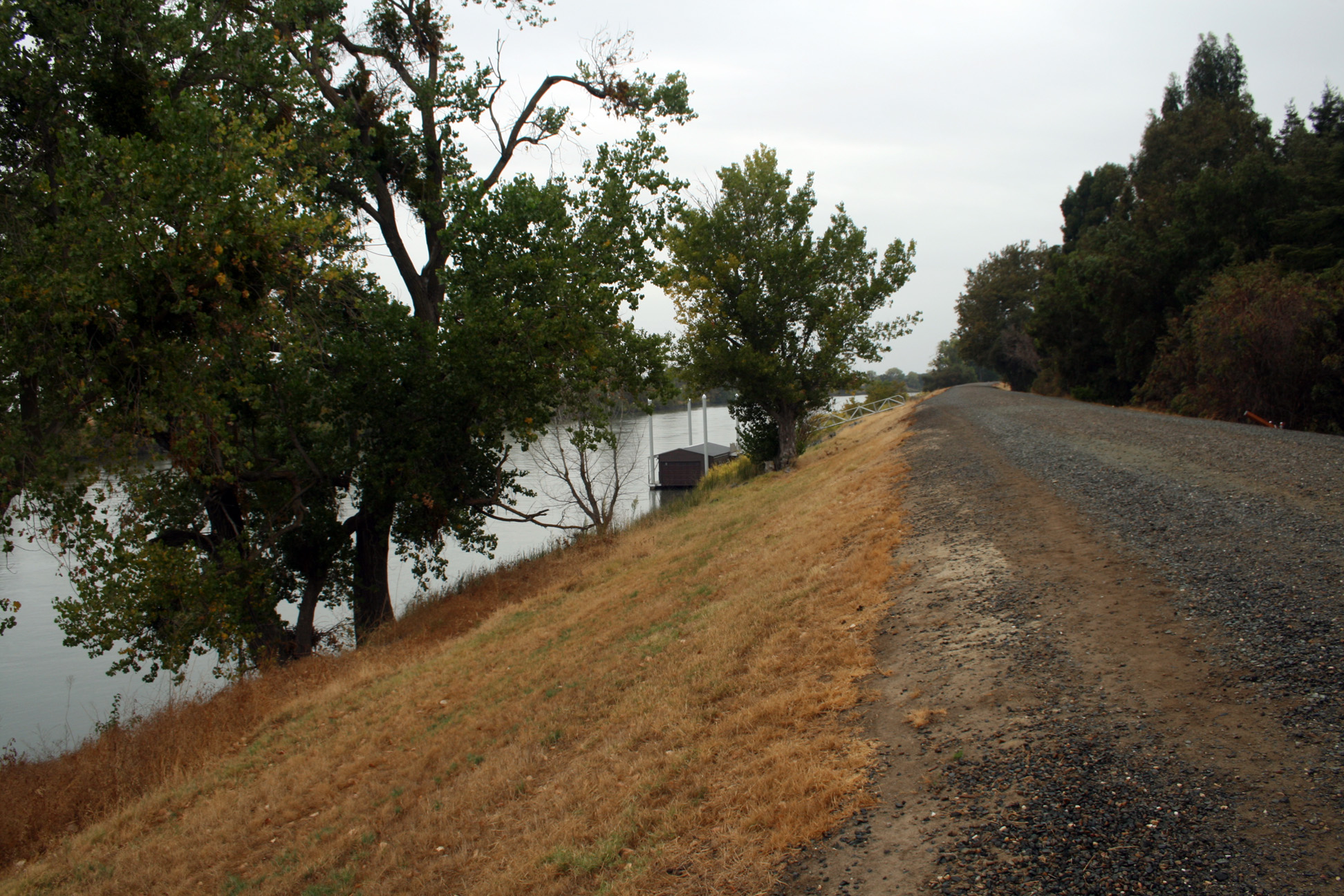Originally posted at the Public Policy Institute of CA.
By Jeffrey Mount.
The crisis at Oroville brought dams to the forefront of state and national discussions about aging infrastructure. Now, as full dams release high flows into rivers hemmed in by levees, this element of the state’s flood management system is in the spotlight.
Many of our levees are very old—much older than most of the state’s dams—and in need of modernization. Nowhere in California is the issue more important—or more challenging—than in the Central Valley, and particularly, the Sacramento-San Joaquin Delta.
The levees of the Central Valley are being tested this winter by sustained high flows. Some have failed, resulting in evacuations—including along the Cosumnes and San Joaquin Rivers. More challenges are in store in the Delta as flood waters move downstream later this week and into the spring.
The scale of modernization needed to avoid damaging floods—particularly as the climate changes and population on the floodplain grows—is vast. At least 1,600 miles of levees line the rivers and flood bypasses upstream of the Delta, forming the federally authorized Central Valley Flood Control Project. The most robust levees in this project protect cities like Sacramento, involving hundreds of millions of dollars’ worth of upgrades. But most of the project has weak and outdated levees that are unreliable in large floods.
The Delta has its own unique network of more than 1,100 miles of levees, which ring islands that lie well below sea level. The Delta levees are the least reliable in the Central Valley and are under threat from sea level rise, continued sinking of the islands, and earthquakes.
The good news for Central Valley levees is that there is consensus that the system needs a substantial upgrade, and there has been significant progress in envisioning what that might entail. In 2006, the legislature instructed the Department of Water Resources to develop a comprehensive plan for improving flood management within the region. The Central Valley Flood Protection Plan—released in 2012 and updated every five years—identifies a range of options, including new infrastructure, updated operation systems, and land use changes that could improve flood protection for the Sacramento and San Joaquin Valleys.
In the Delta, a 2009 law instructed the Delta Stewardship Council to develop a plan for prioritizing state investments in levees, balancing local needs with statewide interests. A draft plan now under review is expected to be adopted later this year.
The bad news is that doing anything about these levees is going to be difficult for three reasons: it would be very expensive, take a very long time to implement, and be very controversial. The Central Valley plan has a price tag of $17–$21 billion over 30-plus years. For the Delta, the council has identified more than $2 billion in high-priority upgrades.
These costs far outstrip the resources of local flood management entities—particularly in the Delta, where low land values and farm revenues make it hard to generate funds for major upgrades. State bonds and some federal dollars have provided key support, but there is still a large gap—in the range of $800 million to $1 billion annually. Indeed, flood management remains one of the water sector’s most prominent “fiscal orphans,” with one of the biggest funding gaps compared to need.
State policymakers will need to assess what is achievable with known or likely resources and make tough choices about priorities based on state interests and public safety. This is not an easy task. There is usually strong local pressure to do something for as many people as possible with the limited funds available. While this approach appears equitable, it is unlikely to yield significant reductions in flood risk. Investments will need to be concentrated to be effective.
As noted in our recent blog post, the silver lining of this winter’s flooding is renewed attention to the urgent need to modernize the state’s flood management infrastructure. These discussions have begun in the legislature. Sustained leadership on this issue will be needed to sustain the urgency to act once the sun shines again. The good news is that the legislature has taken the all-important first step in tackling this difficult but very important problem.





